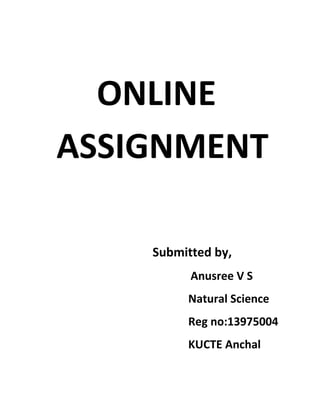The document discusses different types of man-made resources including museums and zoos. It defines a museum as a place where artifacts are conserved and displayed for public education. Museums can focus on fine arts, history, science, or other topics. A science museum focuses on scientific achievements through demonstrations and interactive exhibits. The document also defines a zoo as a facility where animals from around the world are kept in enclosures and bred for public display. However, it notes that zoos cannot replicate an animal's natural habitat and that captivity can negatively impact their mental and emotional health.



![MUSEUM
A museum is an institution that cares for (conserves) a collection of artifacts and other objects of scientific, artistic, cultural, or historical importance and makes them available for public viewing through exhibits that may be permanent or temporary.[1] Most large museums are located in major cities throughout the world and more local ones exist in smaller cities, towns and even the countryside. Museums have varying aims, ranging from serving researchers and specialists to serving the general public. A museum is a place where antique objects related to art, science, history, geography etc. are placed for studies. It is a place of great interest. It is highly informative and educative.
The English "museum" comes from the Latin word, and is pluralized as "museums" (or rarely, "musea"). It is originally from the Ancient Greek Μουσεῖον (Mouseion), which denotes a place or temple dedicated to theMuses (the patron divinities in Greek mythology of the arts), and hence a building set apart for study and the arts,[
The purpose of modern museums is to collect, preserve, interpret, and display items of](https://image.slidesharecdn.com/onlineassignment-140919022137-phpapp02/85/Online-assignment-4-320.jpg)









